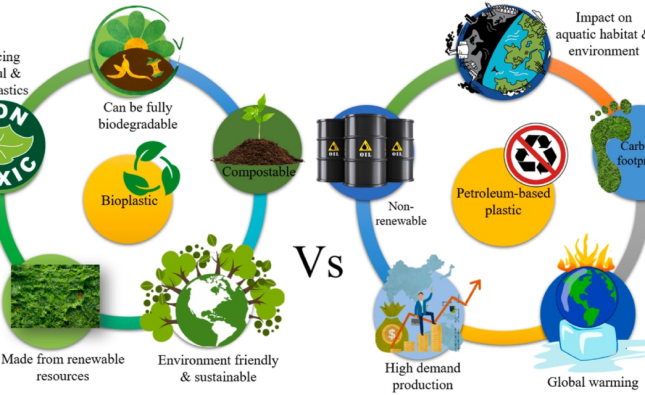
Introduction: In today’s dynamic and interconnected world, diversity and inclusion have become imperative for organizations seeking to thrive. A diverse and inclusive team brings together individuals with varied backgrounds, perspectives, and experiences, fostering innovation and driving success. To create such a team, organizations must ask critical questions during the hiring process. In this article, we explore seven key questions that can guide hiring managers in building a diverse and inclusive workforce.
- How do we define diversity and inclusion for our organization? Defining diversity and inclusion in the context of your organization is the first step towards building a cohesive team. It involves understanding the specific dimensions of diversity that are important to your industry, culture, and values. By clearly articulating these definitions, organizations can ensure a shared understanding and commitment to diversity and inclusion among stakeholders.
- Are our hiring practices unbiased and inclusive? Examining the hiring practices is crucial to ensure unbiased and inclusive selection processes. Organizations should evaluate job descriptions, interview questions, and assessment criteria to eliminate any potential biases that may unintentionally exclude diverse candidates. Implementing diverse interview panels and unconscious bias training for hiring managers can also help foster a fair and inclusive hiring environment.
- How are we attracting diverse candidates? Actively attracting diverse candidates requires targeted efforts. Organizations can partner with diverse professional networks, attend career fairs that focus on underrepresented groups, and engage with community organizations to expand their reach. In addition, leveraging digital platforms and social media channels can help connect with diverse talent pools and create awareness of job opportunities.
- How do we assess candidates’ commitment to diversity and inclusion? Assessing candidates’ commitment to diversity and inclusion ensures alignment with the organization’s values and goals. Incorporating questions during interviews that explore their experiences, contributions to inclusive environments, and approaches to fostering diversity can provide insights into their potential impact on the team’s inclusivity.
- Are we nurturing an inclusive workplace culture? Creating an inclusive workplace culture goes beyond the hiring process. Organizations must foster an environment where everyone feels respected, valued, and empowered. This includes promoting diversity and inclusion through policies, training programs, mentorship opportunities, and employee resource groups. Regular feedback mechanisms and open communication channels can also facilitate a culture of inclusivity.
- How do we handle unconscious bias in decision-making? Unconscious bias can subtly influence decision-making processes, hindering diversity and inclusion efforts. Organizations should provide training to employees at all levels to raise awareness of unconscious biases and provide strategies to mitigate their impact. Encouraging ongoing learning and self-reflection can help individuals recognize and challenge their biases in real-time.
- How do we measure and evaluate our progress? Regularly measuring and evaluating progress is essential for continuous improvement. Organizations should establish key performance indicators related to diversity and inclusion, track demographic data, conduct employee surveys, and assess the impact of diversity initiatives. This data-driven approach helps identify areas of success and areas that require further attention and adjustment.
Conclusion: Building a diverse and inclusive team requires a deliberate and ongoing effort. By asking these seven key questions, organizations can align their hiring practices with their diversity and inclusion goals. Embracing diversity and creating an inclusive culture not only fosters innovation and drives success but also cultivates an environment where individuals can thrive and reach their full potential. By continuously nurturing and championing diversity, organizations can create a workforce that reflects the richness of the world we live in.









